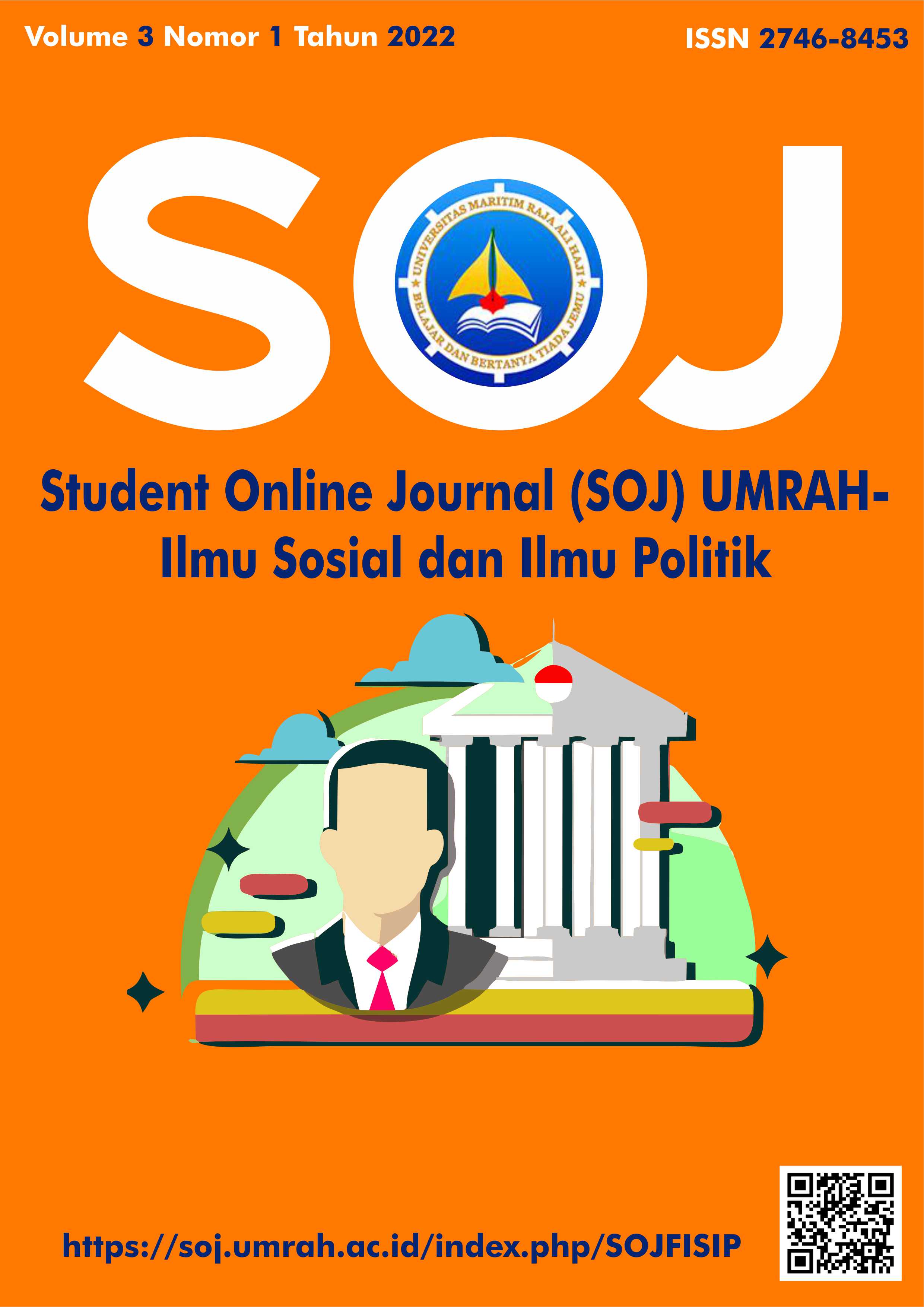IMPLEMENTASI PROGRAM SIMPAN PINJAM KELOMPOK PEREMPUAN DI DESA AIR NUSA AIR NUSA KECAMATAN SERASAN TIMUR
Keywords:
Implementation, Women's Group Savings and Loan ProgramAbstract
Women's Savings and Loans is one of the economic empowerment programs for women in rural areas. This program was initiated by PNPM from 2007 to 2014 with the aim of developing the potential of rural savings and loans, facilitating access to micro-scale business funding, and meeting social funding needs. The purpose of this study was to determine the implementation of the SPP program in Air Nusa Village, East Serasan District. Qualitative descriptive research with indicators 1) Policy standards and targets, the results of this research implementation of women's savings and loan programs have been implemented. 2) Characteristics of Implementing Agents, the results of this study that the UPK as the manager did not give special sanctions to each group that was in arrears. 3) Resources, the results of this study the amount of budget prepared is sufficient but for human resources (HR) in the Activity Management Unit (UPK) is still lacking, 4) Communication between organizations, the results of this research communication do not go well because of the lack of direct interaction between organizations. UPK, District Facilitator (FK) and beneficiary groups. 5) Attitudes of Tendency (Disposition), the results of this study that the beneficiaries of the SPP program do not yet have the awareness to use these funds wisely. 6) Social, political, and economic conditions, the results of this research are the economic and educational background of the beneficiaries of the SPP program, making them only focus on meeting consumption needs and the funds are only assistance, not stimulants that must be developed. The results of the field research show that the savings and loan program for women's groups has been implemented, however, there is still misuse of loan funds which results in arrears in payment of loan contributions. This is due to the lack of coordination between the women's savings and loan program management unit and the sub-district facilitator as the program implementer and the lack of awareness of beneficiaries to use stimulant funds wisely.

